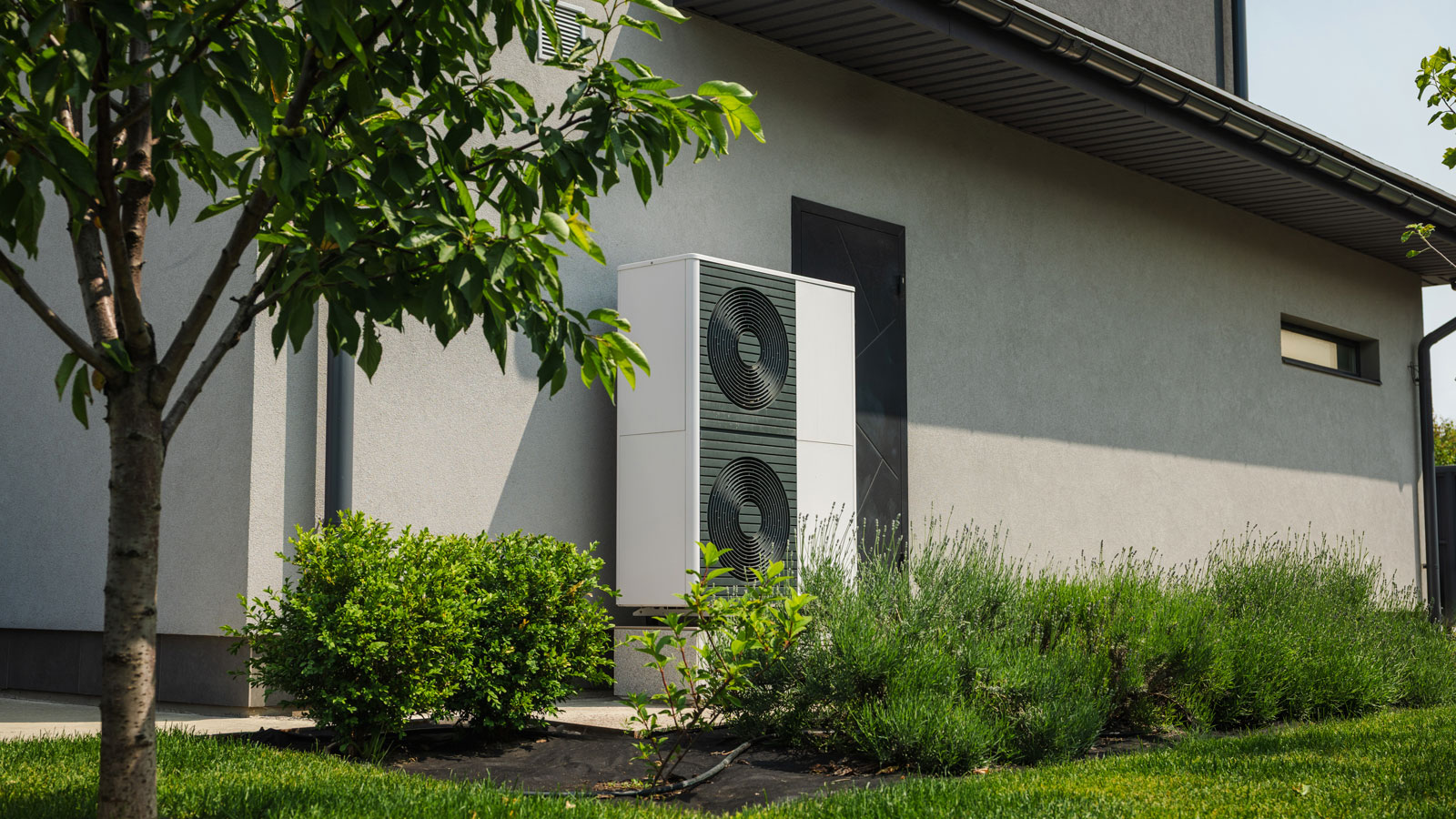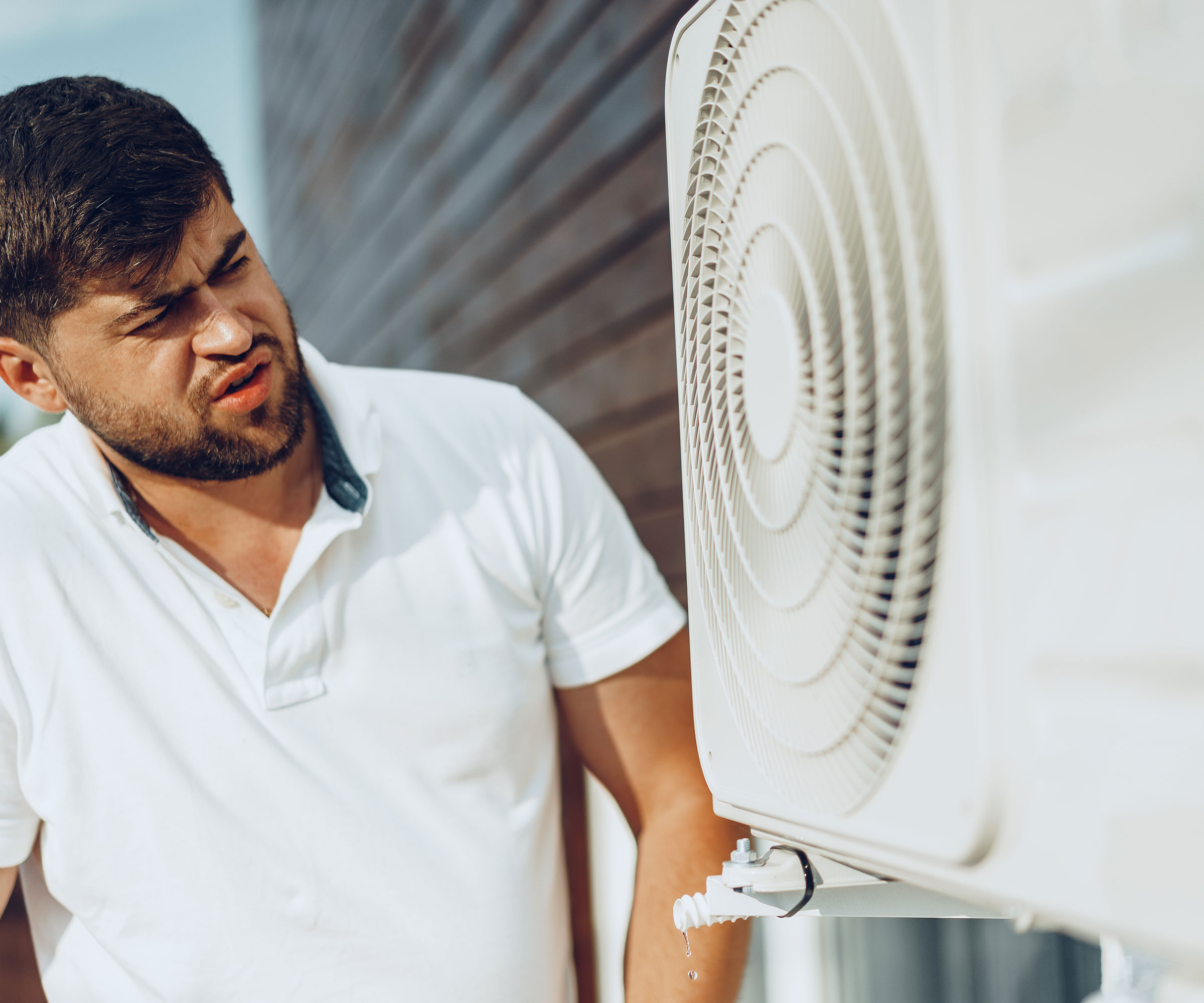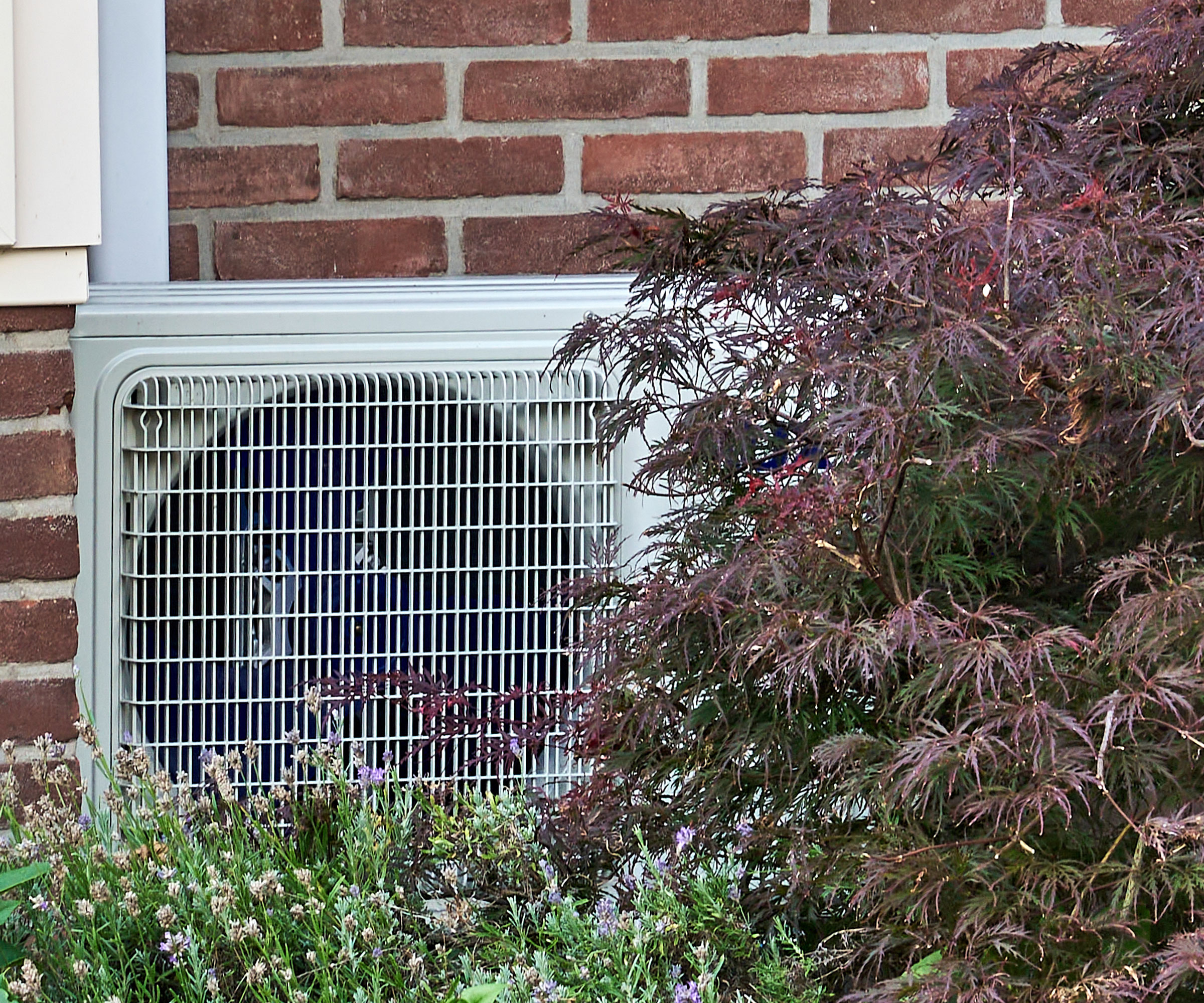Experts reveal the worst places to install a heat pump – 6 areas you should avoid when fitting one in your home
These are the problematic spots to steer clear of when choosing a location for your heat pump

Knowing the worst places to install a heat pump is key if you want to make sure you find the best spot for it so it functions as efficiently as possible. Air source heat pumps tend not to be the most attractive of items to have stuck to the outside of your home, but it turns out that hiding them away in tight corner is often a bad idea.
"Placing your heat pump in a proper location is essential for making sure it runs properly," explains Aidan Charron, associate director of Global Earth Day.
With that in mind, we asked the experts for the places to avoid locating a heat pump and some practical safety rules surrounding their location.
1. Avoid tight and narrow spaces
The main thing you need to be concerned about when installing an air source heat pump is airflow.
"One of the worst places to install a heat pump is where the outdoor unit cannot get enough airflow," explains Martyn Fowler, founder of Elite Renewables. "If the unit is positioned in a narrow gap or tucked into a corner to make it less visible, it doesn't get the air it needs to work efficiently. Over time, that leads to reduced performance and potential reliability issues."
"You need a clear location that isn’t blocked by shrubs, debris or structures," adds Aidan Charron. "Just like your traditional outdoor home air conditioning unit, heat pumps are moving air from one place into another (with a few steps in between) and this requires consistent air movement."

Founder of Elite Renewables, Martyn Fowler is one of the UK's leading renewable technology experts, working with heat pumps for the last two decades. His passion for decarbonisation matched with a deep technical experience of the technology make him one of the industry's go-to experts for all things renewable.

Aidan Charron is the associate director of EARTHDAY.ORG and leads the Planet vs Plastics campaign globally. In addition, Aidan runs the Our Power, Our Planet campaign, which is the global theme for Earth Day 2025, backing the tripling of electricity generated by renewable energy.
2. Don't place it near quiet areas of the home
While the noise levels associated with living with a heat pump have reduced since their introduction, they are still not a silent mechanism, so bear this in mind when deciding on a location.
Bring your dream home to life with expert advice, how to guides and design inspiration. Sign up for our newsletter and get two free tickets to a Homebuilding & Renovating Show near you.
"Most modern units are quiet, but you will notice them if they are bolted under a bedroom window or next to a patio where people sit," warns Michael Zohouri, founder at Pyramid Eco. "It’s always better to keep the unit away from living and sleeping areas."
"Heat pumps are quiet, but the low hum can be noticeable in a silent room," adds Martyn Fowler.


Michael Zohouri leads The Retrofitters as its founder, bringing over a decade of experience to the company. His expertise spans energy-efficient retrofitting projects, including insulation, solar and heat pump installations. Committed to addressing challenges like thermal bridging and improving air quality, Michael focuses on creating healthier, more sustainable living environments while reducing energy costs for residents.
3. Areas prone to damp and debris
Again, while you might want your heat pump to be tucked discreetly away, to avoid one of the most common heat pump mistakes, you really need to take care that its location isn't going to negatively affect its performance in any way.
"We avoid areas where debris or water can collect," says Martyn Fowler. "Units installed beneath heavy trees or close to hedges often end up clogged with leaves and debris.
"You also want to avoid low points of the garden that are likely to collect snow or standing water," continues Martyn. "These conditions can block the coil and increase maintenance for the homeowner."

4. Too far from the indoor unit
In terms of how heat pumps work, you need to be aware that they are comprised of indoor and outdoor units, and the location of each needs to be taken into account when considering the worst place to install a heat pump.
"There are essentially two different 'indoor' setups for heat pumps," explains Aidan Charron. One relies on your traditional duct system, and the other is a mini-split system that you may recognise as the 'white rectangles' that lie towards the ceiling of a room. Either way, when installing your heat pump system make sure there is easy access between your outdoor components and indoor.
"This closeness is easier when installing on an exterior facing wall and this allows for easier connection between both portions of your system."
5. Where it will ruin your home's kerb appeal
For all the talk of practicality, for many people, the idea of strapping a big white box to the outside of their home is not exactly appealing. Thankfully, there are ways to avoid your heat pump ruining the kerb appeal of your property.
"From an appearance point of view, the best spots are usually along the side or rear of the property," advises Michael Zohouri. "This keeps the unit out of sight and away from main garden areas. We sometimes integrate them into landscaping or place them behind a trellis to make the unit less visually intrusive."
Martyn Fowler has a few more tips on avoiding the worst places to install a heat pump to ensure it doesn't stick out like a sore thumb.
"If homeowners want to 'hide' the unit, we can create custom enclosures that can be matched to the property," he explains. "The key is to design them so the unit can still breathe. If the enclosure is too tight or uses solid panels, it will restrict ventilation and make the system less efficient.
"We often use open slats, louvres or grille designs," continues Martyn. "These allow air to flow freely while softening the look of the unit."

6. Avoid spots with tricky access
And, finally, you are going to need to access to carry out heat pump maintenance from time to time, so ensure you don't make this harder than it needs to be in your bid to conceal it.
"Make sure your system is easily accessible – no one wants to be digging through cobwebs or walking through a patch of thorns to get to it," points out Aidan Charron.
"We often recommend the side or rear wall of the home," adds Martyn Fowler. "It keeps the heat pump tucked away from main garden spaces and helps reduce visual impact from the street."
FAQs
How much space do you need to leave around a heat pump?
"It's important to choose a location that allows the heat pump unit to breathe," advises Martyn Fowler. "It should have around 30 to 50 centimetres of free space on all sides to ensure unobstructed airflow. This keeps the system operating efficiently and reduces strain on the components."
"The best spots are open and away from high-traffic areas of the home," adds Michael Zohouri.
If you have had a site survey prior to its installation, you should already have a good idea of whether your house is suitable for a heat pump.
Despite more and more homeowners now living happily with heat pumps, there are still a few heat pump myths doing the rounds. Make sure you know how to separate fact from fiction when opting for this renewable technology for your home.
Natasha was Homebuilding & Renovating’s Associate Content Editor and was a member of the Homebuilding team for over two decades. In her role on Homebuilding & Renovating she imparted her knowledge on a wide range of renovation topics, from window condensation to renovating bathrooms, to removing walls and adding an extension. She continues to write for Homebuilding on these topics, and more. An experienced journalist and renovation expert, she also writes for a number of other homes titles, including Homes & Gardens and Ideal Homes. Over the years Natasha has renovated and carried out a side extension to a Victorian terrace. She is currently living in the rural Edwardian cottage she renovated and extended on a largely DIY basis, living on site for the duration of the project.

